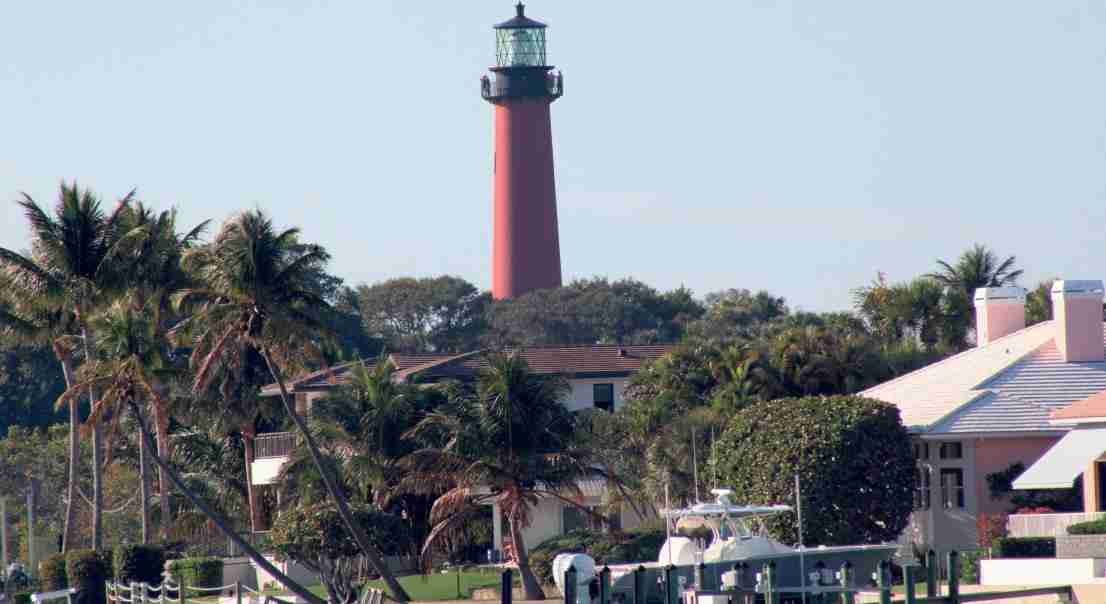Jupiter Lighthouse: Conceived in 1851 and now a museum, on the north side of the Jupiter Inlet at what for thousands of years had been a meeting place for ancient Indigenous people. Many African Americans who escaped from plantation slavery to South Florida, married Native Americans and forged a new people known as the Seminoles. The U.S. military waged a long war – the costliest in U.S. history in both money and bloodshed until the Vietnam War – to crush them return the Blacks to bondage, and prevailed against the outnumbered and outgunned Native groups and Africans only dishonorably under a flag of truce, leading to the Trail of Tears. Not far from the lighthouse, the annual Seminole Maroon Spiritual Remembrance, the landmark "Reunion" that brings together Seminole Maroon ("Black Seminole") descendants and friends from around the Maroon Diaspora – Oklahoma, Mexico, Texas, the Bahamas, Florida, and beyond – on their ancestral homeland, at the site of the two decisive 1838 Battles of the Loxahatchee River during the "Second Seminole War," recently held its 185th year observance, which takes place on what now is the Dr. Martin Luther King Jr. Holiday weekend, at Riverbend Park in Jupiter. The late Isa Hamm Bryant, a Seminole Maroon historian born in West Palm Beach, established the Florida Black Historical Research Project (fbhrpinc.org) in 1996 to focus on “presenting the true role of Blacks in the history of Florida and particularly in Palm Beach County.” The project is a reminder that Africans were in the Americas – including the lighthouse site – centuries before Columbus and the slave trade.










No Comment